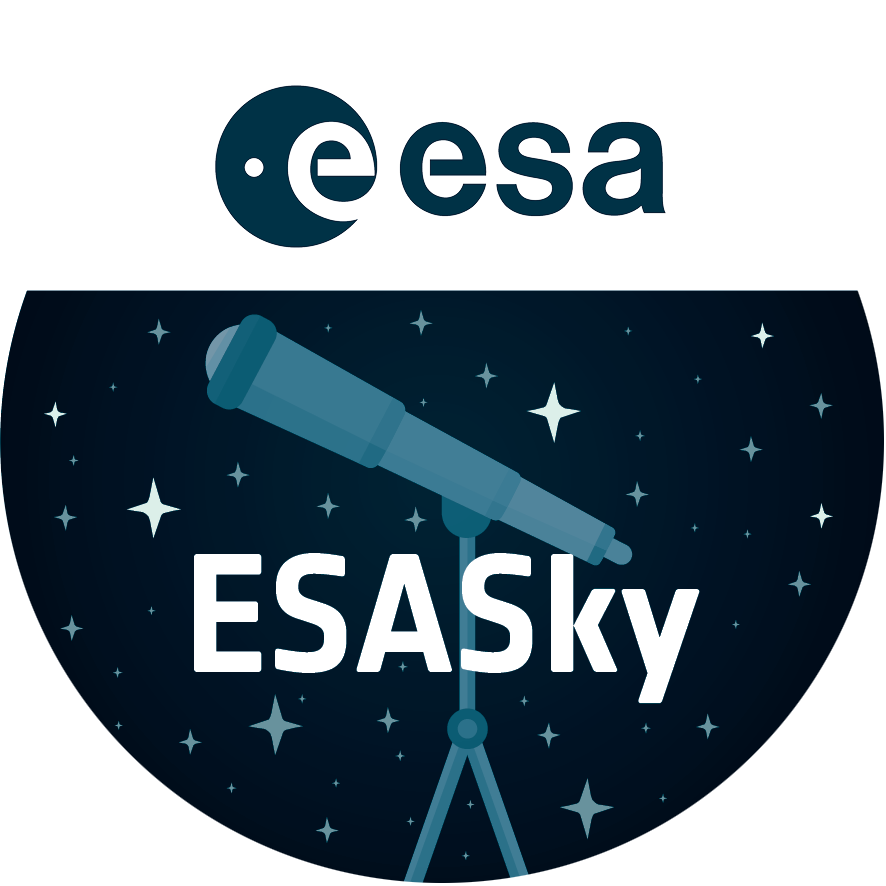Peering into the heart of the Crab Nebula
Multiple observations made over several months with NASA's Chandra X-ray Observatory and the NASA/ESA Hubble Space Telescope captured the spectacle of matter and antimatter propelled to near the speed of light by the Crab pulsar, a rapidly rotating neutron star the size of Manhattan.
In the year 1054 A.D., Chinese astronomers were startled by the appearance of a new star, so bright that it was visible in broad daylight for several weeks. Today, the Crab Nebula is visible at the site of that bright star.
Links:
Credit:About the Image
About the Object
| Name: | Crab Nebula, Messier 1 |
|---|---|
| Type: | Milky Way : Nebula : Type : Supernova Remnant |
| Distance: | 6500 light years |
| Constellation: | Taurus |
| Category: | Nebulae |
Classic Wallpapers
Coordinates
| Position (RA): | 5 34 31.14 |
|---|---|
| Position (Dec): | 22° 0' 50.83" |
| Field of view: | 1.62 x 1.82 arcminutes |
| Orientation: | North is 38.2° right of vertical |
Colours & filters
| Band | Wavelength | Telescope |
|---|---|---|
| Optical V | 547 nm |
Hubble Space Telescope
WFPC2 |
| Optical Oiii | 502 nm |
Hubble Space Telescope
WFPC2 |
| Optical H-alpha | 656 nm |
Hubble Space Telescope
WFPC2 |
| Optical Nii | 658 nm |
Hubble Space Telescope
WFPC2 |
| Optical Sii | 673 nm |
Hubble Space Telescope
WFPC2 |


